The Troia Walking Tour offers an enriching exploration of Apulian Romanesque architecture, showcasing the town’s historical gems. Guided by knowledgeable locals, you will uncover the intricate craftsmanship of the region’s churches and palaces, all set against the stunning backdrop of the Dauni mountains. With options for tastings and flexible scheduling, this tour promises an immersive experience into Troia’s architectural and cultural heritage. What secrets does this captivating town hold, just waiting to be discovered?
Key Points
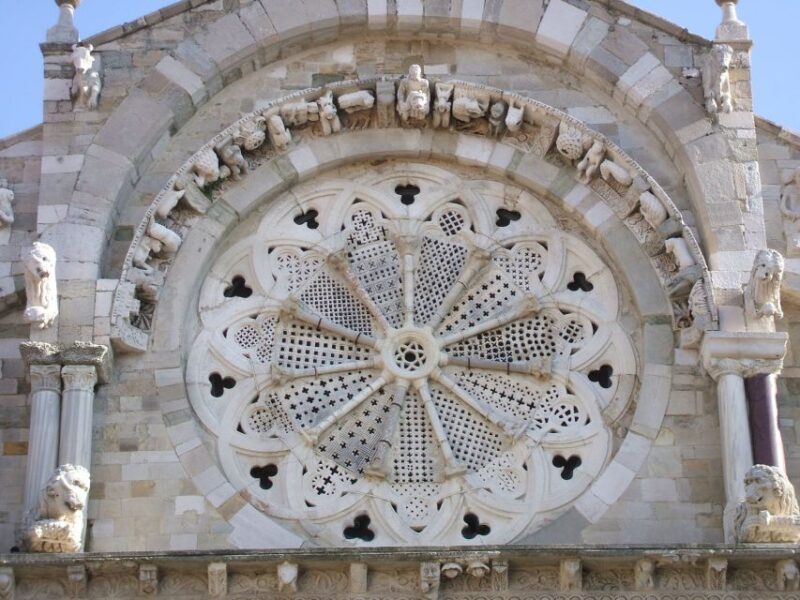
- The Troia Walking Tour focuses on the Apulian Romanesque architecture, featuring the impressive Cathedral, Church of St. Vincent, and other notable religious structures.
- The Cathedral of the Blessed Virgin Mary boasts a magnificent rose window, ornate bronze portal doors, and showcases the skilled craftsmanship of the Romanesque period.
- The historic center offers panoramic views of the Dauni mountains and houses significant churches and palaces, providing insights into Troia’s rich cultural and religious heritage.
- The tour is led by knowledgeable local guides, available in both English and Italian, and offers the flexibility to cancel up to 24 hours in advance.
- Additional tour options include tastings of local Apulian delicacies, private lunches or dinners, and extended tours to explore more historic sites and wonders.
Tour Overview and Pricing

The Troia Walking Tour offers visitors a captivating exploration of the Apulian Romanesque architecture in the historic town of Troia.
Priced at €250.00 for groups of up to 54 participants, the 2-hour tour allows guests to enjoy the rich history and stunning architectural features of the region.
Flexibility is built-in, with free cancellation up to 24 hours in advance and the option to reserve now and pay later.
Led by knowledgeable guides, the private group experience provides an intimate and informative journey through Troia’s past, highlighting its significance and the architectural gems that define the Apulian Romanesque style.
If you're enjoying exploring Apulia on foot, you'll love these other walking tours we recommend
Historical Significance of Troia
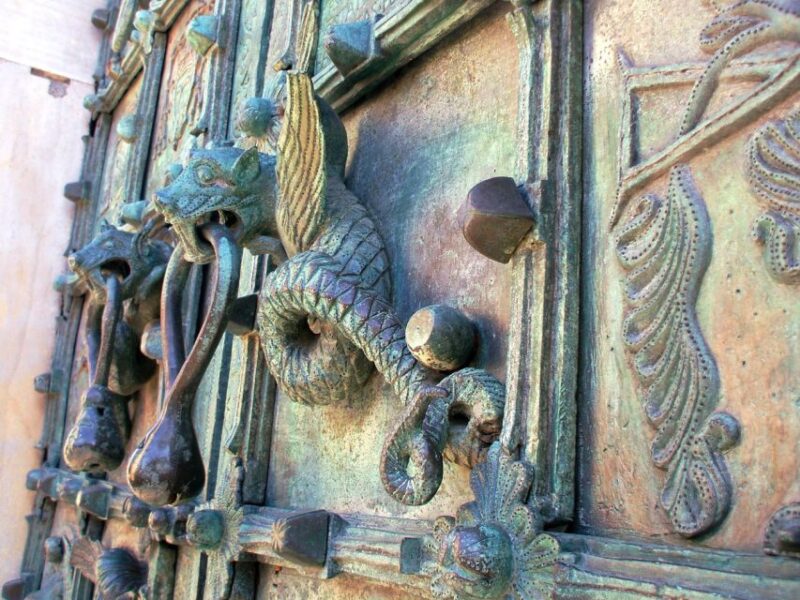
Troia, formerly known as ancient Aece, was a Roman city strategically situated along the Appian-Trajan Way.
It held a historically hostile relationship with Emperor Frederick II Hohenstaufen, leading to its destruction in 1229.
Troia’s close ties to the papacy played a significant role in its history:
- It was once a stronghold of the papacy, opposing the Holy Roman Empire.
- The city’s allegiance to the Pope made it a target for Imperial forces.
- Its destruction in 1229 was a result of this ongoing conflict.
- Troia’s strategic location and religious significance contributed to its tumultuous past.
- The city’s legacy remains marked by its complex relationship with imperial powers and the papacy.
Architectural Highlights of the Cathedral
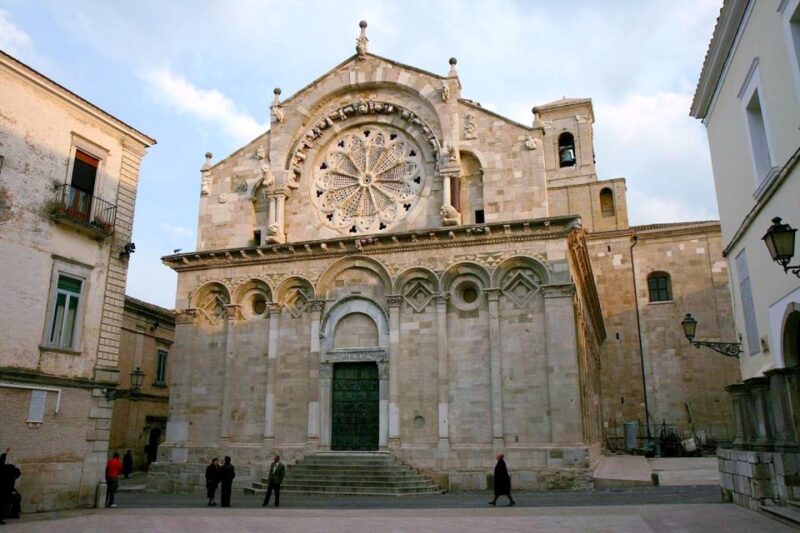
Visitors to the cathedral dedicated to the Blessed Virgin Mary of the Assumption are captivated by its striking Apulian Romanesque architecture, dating back to the Twelfth Century.
The highlight is the magnificent rose window, composed of 11 stone columns and 22 intricate fretwork decorations, widely considered the most beautiful in Puglia.
Ornate bronze portal doors with dragon-shaped knockers add to the cathedral’s grandeur.
Visitors can also admire the impressive scale and symmetry of the building, showcasing the skilled craftsmanship of the Romanesque period.
The cathedral’s architectural features provide a fascinating glimpse into the region’s rich cultural heritage and religious history.
Exploring the Historic Center
After exploring the cathedral’s architectural marvels, visitors can venture out to uncover the historic center of Troia.
The historic center offers a wealth of sights and experiences, including:
-
Panoramic views of the Dauni mountains, providing a picturesque backdrop to the town’s winding streets and charming buildings.
-
The Church of St. Vincent the Martyr, a beautiful example of Apulian Romanesque architecture.
-
The Basilica of St. Basil and St. Francis, showcasing the town’s religious heritage.
-
Stately palaces like the Palace of Prince D’Avalos, Palazzo Varo, and Palazzo Siliceo, offering a glimpse into Troia’s noble past.
-
Opportunities to soak in the local atmosphere and explore the town’s unique character.
Notable Churches and Basilicas
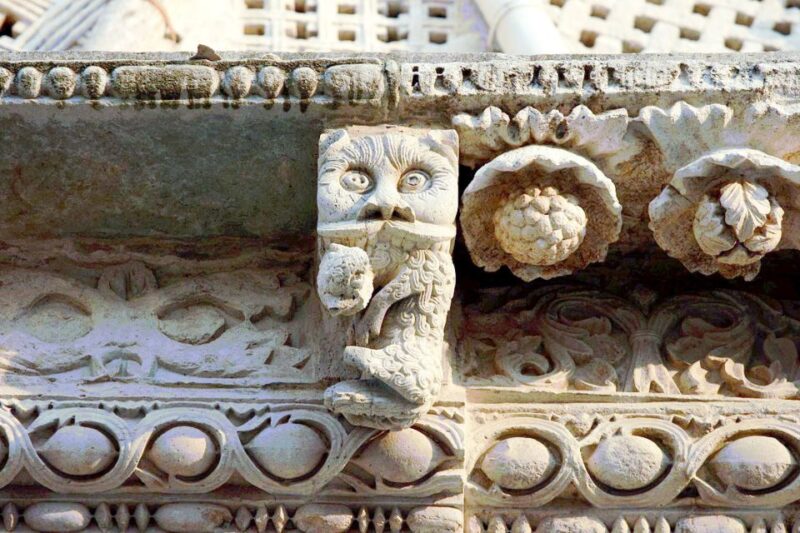
Among the notable sacred sites in Troia’s historic center is the Church of St. Vincent the Martyr, a Romanesque-style basilica dating back to the 12th century. Visitors can also explore the Basilica of St. Basil and the Church of St. Francis, both remarkable examples of Apulian Romanesque architecture. To highlight the architectural features of these religious structures, consider the following table:
| Church | Notable Features |
|---|---|
| St. Vincent the Martyr | Romanesque-style basilica, 12th century |
| Basilica of St. Basil | Apulian Romanesque architecture |
| Church of St. Francis | Apulian Romanesque architecture |
These churches and basilicas offer a glimpse into Troia’s rich religious heritage and the region’s distinct Romanesque architectural style.
Magnificent Palaces of Troia
Exploring the magnificent palaces of Troia transports visitors through the town’s rich architectural heritage.
Among the standout structures are:
-
The Palace of Prince D’Avalos, a 15th-century Renaissance-style palace boasting intricate stone carvings and a grand courtyard.
-
Palazzo Varo, a 17th-century baroque masterpiece with a striking façade and ornate interiors.
-
Palazzo Siliceo, a historic 18th-century palace renowned for its elegant façade and well-preserved frescoes.
These stately buildings offer a glimpse into Troia’s illustrious past, showcasing the town’s enduring architectural legacy.
Visitors can marvel at the attention to detail and craftsmanship that defined the palatial residences of Troia’s noble families.
Live Tour Guide and Experience
The walking tour in Troia is led by knowledgeable local guides, providing visitors an immersive experience exploring the town’s rich Apulian Romanesque architecture.
Available in both English and Italian, the guides bring to life the historical significance and architectural highlights of Troia.
Visitors will enjoy a private group experience, with the option to add a tasting, lunch, or dinner, as well as transportation to and from the meeting point at Piazza Giovanni Paolo XXIII Square.
With the flexibility to cancel up to 24 hours in advance for a full refund, this tour offers an engaging and memorable way to discover the enchanting town of Troia.
Additional Tour Options
Along With the walking tour, visitors can enhance their experience in Troia with various optional add-ons.
These include:
- A post-tour tasting of local Apulian delicacies and wines
- A private lunch or dinner at a traditional trattoria
- Pickup and drop-off transportation to and from your hotel or a designated meeting point
- An extended tour to explore additional historic sites and architectural wonders beyond the city center
- Customized itineraries to suit your interests, such as a focus on the region’s religious heritage or medieval history
These add-ons allow visitors to delve deeper into the rich cultural and culinary traditions of Troia and the surrounding Puglia region.
Frequently Asked Questions
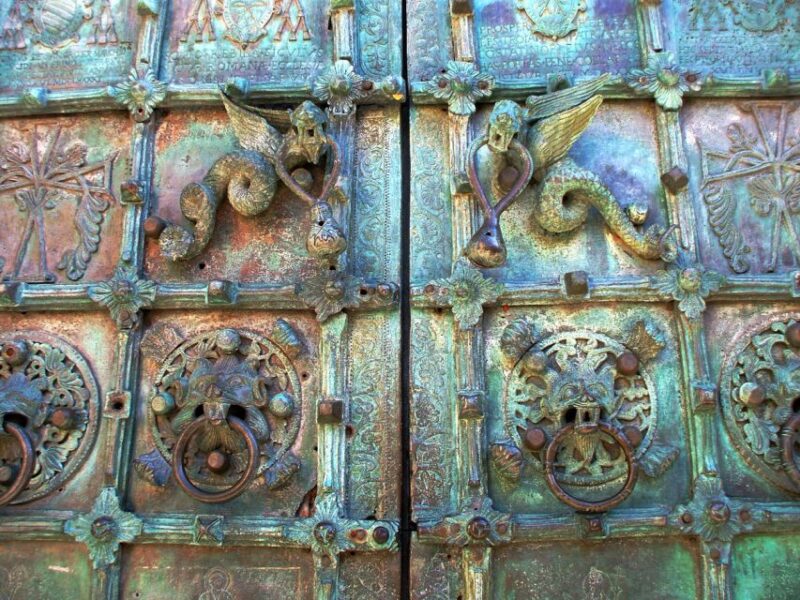
How Accessible Is the Walking Tour for Individuals With Disabilities?
The walking tour doesn’t specify accessibility accommodations, so it may not be fully accessible for individuals with disabilities. It’s best to inquire about specific needs before booking to ensure a comfortable and inclusive experience.
Are Photography and Video Recording Allowed During the Tour?
Photography and video recording are generally allowed during the tour. However, visitors should be mindful of any restricted areas and follow the guide’s instructions. Capturing the architectural highlights is encouraged, but disrupting the tour experience is not recommended.
What Is the Minimum Group Size Required for the Tour?
The minimum group size for the tour is not specified. The tour is priced per group, allowing for up to 54 participants, making it suitable for both small and large groups.
Do the Tour Guides Provide Information on Local Cuisine and Dining Options?
The tour guides provide information on local cuisine and dining options in Troia. They can suggest nearby restaurants and cafes serving traditional Apulian dishes, allowing participants to further enjoy the local culture.
Is There an Option to Extend the Tour Duration for Additional Exploration?
The tour can be extended for additional exploration, though this is not included in the standard 2-hour duration. Guests can inquire about longer tour options or add-ons like tastings or meals to customize their experience.
Recap
The Troia Walking Tour provides an immersive experience in Apulian Romanesque architecture. Visitors will explore the town’s historical gems, including the magnificent Cathedral and the historic center’s churches and palaces, guided by knowledgeable locals. With flexible scheduling and optional tastings, the tour offers an enriching journey into Troia’s architectural and cultural heritage, set against the stunning backdrop of the Dauni mountains.
You can check if your dates are available here: